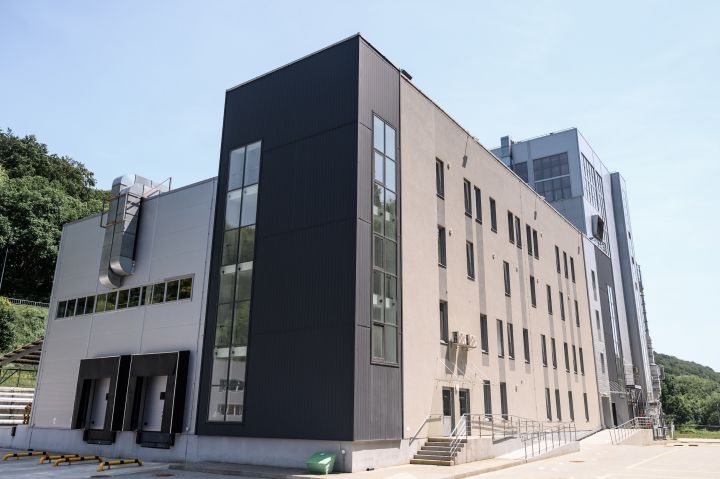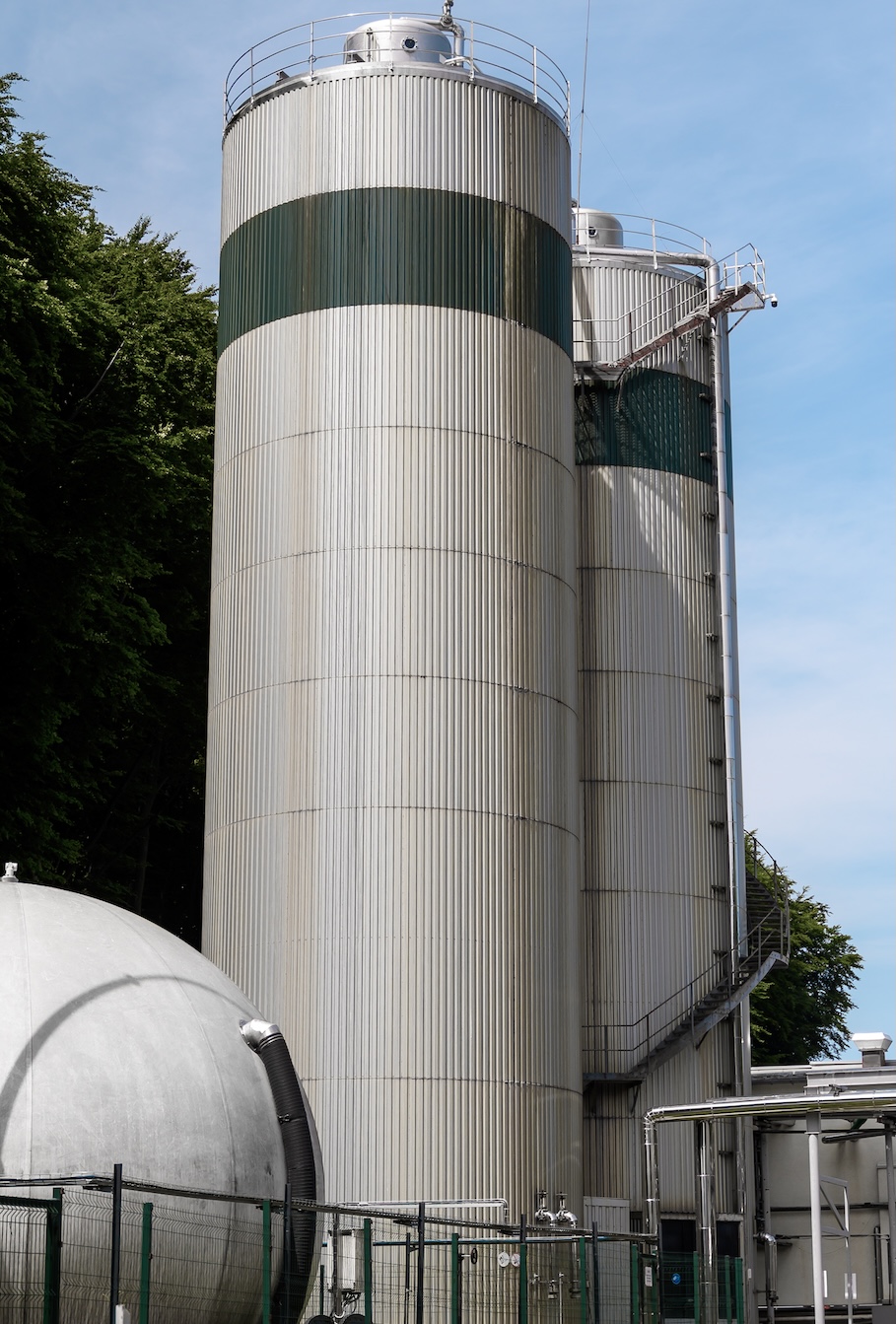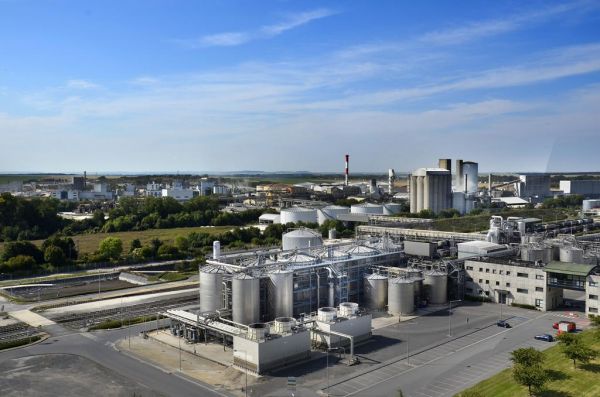Biotransformation, Biogas & New Products: How Enzym Group Builds Resilience Through Innovation
The global yeast market is gradually shrinking — down by an estimated 3–5% annually. This decline is driven by shifting consumer preferences and the reduced use of yeast in modern food processing. In Ukraine, the challenge is amplified by population loss and falling domestic demand.
So what does a yeast-based company do in such a scenario? At Enzym Group, the answer has been to rethink yeast as more than just a baking ingredient — and unlock its broader potential through biotechnology.
Seeing the Yeast Cell Differently

We started by diving deeper into yeast and other microorganisms, looking beyond fermentation. This led to the development of high-value ingredients with cross-industry applications — from agri-food to pharmaceuticals. It marked a strategic pivot: from a traditional yeast producer to a technology-driven biotech company.
By applying a systems-thinking approach across production, we began capturing value at every stage. We stopped seeing ourselves as a classic yeast plant — and started building our capabilities around science, sustainability, and efficiency.
LinkCell: A Factory Built for the Future
In 2022, amid the full-scale war, we launched LinkCell — a new plant focused on yeast-derived ingredients. Due to the security situation, foreign engineers couldn’t travel to Ukraine. Our team handled the entire commissioning process — a real proof of expertise and resilience.
Today, 90% of LinkCell’s operations are automated and remotely controlled — we call it our “factory in a smartphone.” One person can manage production from anywhere.
At full capacity, LinkCell will produce up to 2,500 tonnes of base yeast extract per year. Within three years, we expect full utilization. Current output includes:
- EnzActive additives for animal and aquaculture nutrition — a natural alternative to antibiotics
- Inactivated yeast flakes
- Yeast extracts used by food manufacturers, flavour houses, and plant-based formulators
Yeast Extracts: Versatility Across Industries
Yeast extracts are emerging as essential ingredients for clean-label, functional products:
- Food industry: Natural flavour enhancers replacing synthetic additives
- Pharmaceuticals: Source of B vitamins, probiotics, and culture media for vaccines
- Cosmetics: Serums and creams rich in antioxidants and vitamins
- Animal nutrition: Safe feed additives that replace antibiotics, boost immunity, and improve nutrient absorption
They are also being tested in cultivated meat — unlocking new frontiers in sustainable protein.
How Yeast Is Processed: From Cell to Extract
All our extracts begin with a yeast cell grown at Enzym’s main plant. We can produce either simple or complex derivatives:
- Flakes: Dried, inactive yeast cells — a straightforward process where the cell is deactivated and dried, retaining nutritional value.
- Extracts: Involve autolysis or enzymatic hydrolysis.
- In autolysis, the cell breaks open under heat and releases its contents.
- In hydrolysis, enzymes are added to break down the proteins in a controlled way — allowing us to define flavour profile and functionality.
The result is two separate outputs:
- A rich extract powder (flavour + nutrients)
- Cell walls, dried and used in feed applications
In essence, we’re not just growing yeast — we’re unlocking its full potential across feed, food, pharma, and cosmetics.
In 2024, 4% of Enzym Group’s total sales came from new products. In 2025, we aim to grow this share to 10.5%.
Energy Efficiency & Biogas: Turning Waste into Value
Yeast processing is energy-intensive. Energy (electricity, gas, water) accounts for 20%+ of production cost. That’s why we invest in energy management and implement Lean TPM to reduce environmental impact and stay competitive.
Cross-functional teams are driving continuous improvement. In the last 3 years, we’ve achieved:
- –8.2% electricity consumption
- –18.5% heat energy use
- –6.7% water usage
A major breakthrough is wastewater treatment + biogas recovery. Since the early 2000s, we’ve built out biogas infrastructure in three phases. It now covers more than 50% of our heating needs, reaching 70% in some months.
In 2024, Enzym Group produced 2.23 million m³ of biogas — enough to heat 64,000 m² of housing during the winter.
We were among the first in Ukraine to adopt this model. Biogas remains one of the few working examples of how industrial waste can become a valuable resource — and support long-term sustainability.
The Bigger Picture: Resilience Through Tech
Investing in biotechnology, circular systems, and smart energy use isn’t just good business — it’s how we build long-term resilience.
At Enzym Group, we’re creating products that match the expectations of tomorrow’s market: sustainable, high-quality, and technology-powered.




